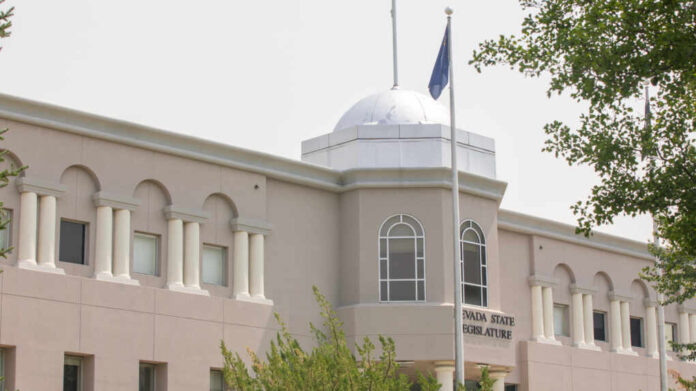
Amidst a surging population, Nevada faces the daunting task of balancing growth with the harsh realities of a water supply shaped by unrelenting drought and urban sprawl.
At a Glance
- The Colorado River faces severe water shortages affecting 40 million people.
- Arizona, California, and Nevada plan a 13% water use reduction by 2026.
- The majority of the river’s water is used for agriculture.
- Southern Nevada’s population surge intensifies water demand.
- Innovative solutions and policies are driving smart water usage.
Water Crisis Complexity
Nevada, particularly Southern Nevada, finds itself at a critical juncture due to its ballooning population and restricted water resources. For over two decades, the Colorado River has suffered under a drought, overuse, and climate change, jeopardizing water supply for approximately 40 million people. This doesn’t just spell trouble for Nevada—it concerns the entire Southwest. Arizona, California, and Nevada have shown some foresight by agreeing to slash their shared water use by 13% by 2026.
We discuss what a recent discovery of rapid groundwater depletion in the Colorado River basin means for already water-stressed farms in the Southwest in our latest podcast with hydrologist Jay Famiglietti: https://t.co/6IcrTBVdVe pic.twitter.com/xT3q3tIIkG
— Ten Across (@Ten_Across) June 10, 2025
The river’s water continues to mostly flow to agriculture—70% goes to crops like alfalfa and animal feedstock, which raises eyebrows considering the strained resources. Furthermore, with Nevada ranking sixth in national population growth, expanding urban landscapes exacerbate the predicament, amplifying the unyielding demand on this all-important river.
Watch: What Scientists JUST Found Beneath The Colorado River Bed Will Change Everything We Thought We Knew
Smart Planning Takes Center Stage
As Bill Cesanek pointed out, planners, essential in decision-making for urban environments, play a pivotal role here. “Planners, because they’re involved in making decisions about the built environment, are in a key place right now.” Effective water management is now a critical skill embedded in their arsenal over the last two decades. Forward-thinking policies like requiring viable water supplies for new developments are becoming more prevalent.
Las Vegas, despite its challenges, exemplifies successful water management with projects such as reduced per capita water use. Tucson’s reclaimed water program further illustrates how comprehensive policy initiatives can harness water sustainably. It’s all about integration—stormwater management, drought-tolerant landscaping, these initiatives blend water policy with land-use planning to further the aim of sustainable development.
Addressing Sprawl and New Challenges
However, the specter of urban sprawl looms large with the Southern Nevada Economic Development and Conservation Act proposing public land sales and conservation expansions. Critics argue it falls short in weighing affordable housing needs, compounding habitat loss, and increasing urban pressure. Urban sprawl is not the answer to our housing crisis.
Increased development in Nevada’s delicate desert ecosystem heralds habitat loss and environmental degradation. These developments need a rethink. Las Vegas’s struggle with drought is further hindered by outdated urban planning, such as lacking rail transit, pushing instead for an expanded Interstate 15.

























